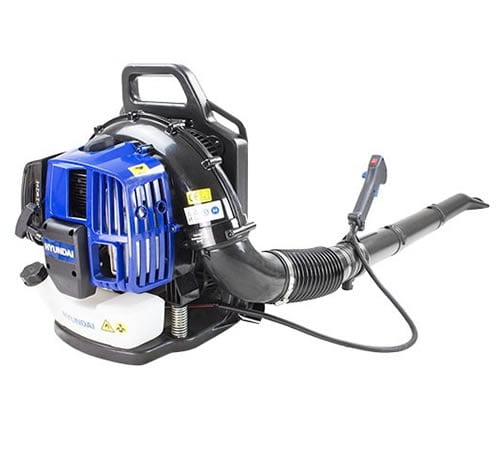
Walk-behinds can can start from $500, like this Landworks Leaf-Snow Blower Wheeled Walk Behind ( $499, Amazon).Īs with all things, be sure to do the necessary research into the specifications before buying, and ensure that it will cover your backyard needs.įind out what happened when our editor used four different tools to get rid of leaves and what worked best. If you have a larger yard however, backpack blowers range from $200 to $600 like this Schröder Leaf Blower ( $349, Amazon). The DeWalt 20V Max leaf blower is $218 on Amazon, while the EGO Power+ LB6504 650 is $249 on Amazon. For example, the Black & Decker 12-Amp Blower & Vacuum is $56 on Amazon, while the Toro PowerJet F700 is $116 on Amazonīattery-powered models tend to be a bit pricier. Generally, handheld corded models are the least expensive. What do you need to look for in a leaf blower?īags of leaves (Image credit: Shutterstock)ĭepending on the model, type and features, leaf blowers range in price. And while the run-time for each model varies, it’s always best to have multiple batteries on stand-buy to quickly swap-out when needed during chores. Cordless models run on battery packs, which can often add to the weight of the blower. Such models are powerful enough to rival low- to mid-range gas models. In fact, electric blowers are ideal for quickly removing leaves in awkward spots or cleaning gutters.Ĭordless/ battery-powered leaf blower - If you want the freedom to walk around without the pull of a cord, cordless electric blowers are ideal. However, the length of the cord can often be limiting for large spaces, so they’re best suited for smaller yards. These are more lightweight than gas-powered blowers, and require little maintenance. However, they run well and are suitable for large backyards and driveways.Ĭorded electric blower - Corded electric blowers need to be attached to a power outlet, and can blow between 50-100 mph. In addition, gas-powered leaf blowers are more expensive to run and require more maintenance. Since their engines are powered by gasoline, they're much heavier and louder than electric models - something to consider if you’re living in a quiet, residential street.

This will quickly deal with leaves, trees and heavy, outdoor debris in less time.

Gas-powered leaf blower - Gas blowers are more powerful, blowing air at speeds of around 150-200 mph. Leaf blower and battery on grass (Image credit: Shutterstock) Typically used by landscapers, these would need extra care to properly store and maintain walk-behind blowers. Similar to backpack leaf blowers, these tend to be gas-powered, and can blow away leaves, garbage, cardboard, as well as heavy materials scattered on the ground. Walk-behind leaf blowers - For those with larger backyards and spaces, these types are the least physically demanding. In addition to easily blowing leaves and twigs away, they can also remove metal shavings. Unlike handheld models, these are typically gas-powered, and more suited for medium to large backyard spaces, garages or fields. The motor is carried in a comfortable shoulder harness, while you keep the blower tube in your hand. Some handheld blowers offer a vacuum option for light mulching if you prefer to reuse garden waste for compost.īackpack leaf blowers - If you want a powerful blower with a longer run-time, a backpack leaf blower is ideal. It can easily blow away large debris on small-sized lawns, making the task quicker than standard raking. Handheld blowers are the more popular types for home use, and suitable for smaller spaces like porches and gazebos. The former tend to be the least expensive, but will also require an extension cord so you can use it all around your yard.


Most of these handheld models will be electric, and will be either corded or battery-powered. Handheld leaf blowers - As the name suggests, these are compact and light to carry.


 0 kommentar(er)
0 kommentar(er)
